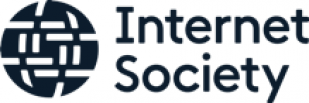For those who are online, the Internet has become an integral part of daily life. What we use the Internet for is also diverse – from entertainment to business, from keeping in touch with family and friends across the world to keeping a watch on the front door when we are away from home. One reason the Internet has been so successful is its open and interoperable nature – where creativity and innovation have been allowed to flourish. As a general-purpose technology, what we can do with the Internet is perhaps only limited by our imagination.
However, we have also been gradually seeing greater attempts at control of the Internet and how it works – by both governments and business. At the same time, we also have the emergence of visibly greater misuse – from spreading fake news to misinformation campaigns and trolling, and a range of criminal activities. Many of the attempts at control are often done so under the pretext of national security or civil order and cybersecurity.
More frequently than not, these attempts at control are targeted at the Internet infrastructure level. These also vary in type – from filtering measures to attempts at monitoring and intercept to outright suspension of services. In recent times, there have also been attempts at breaking encryption or asking for “safe” backdoors to be put into services. What does all this mean for the open Internet and its future?
The second APAC Insights webinar on 30 June 2020, moderated by Rajnesh Singh, Regional Vice President of Asia-Pacific, brought together a diverse panel to discuss misinformation, censorship and the open Internet.
The panelists for this session were:
- Nighat DAD, Executive Director, Digital Rights Foundation, Pakistan
- Peng Hwa ANG, Professor, Nanyang Technological University, Singapore
- William YU, Chief Technology Officer, Novare Technologies Inc., Philippines
Watch the recording through the following Internet Society channels:
